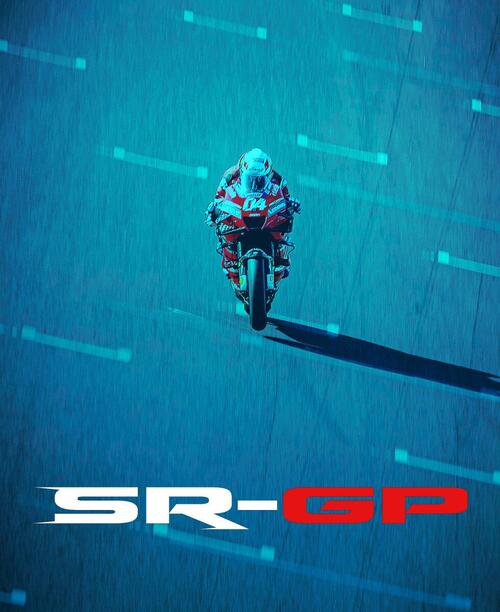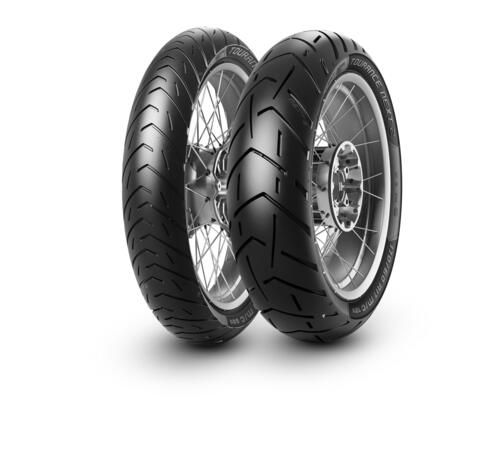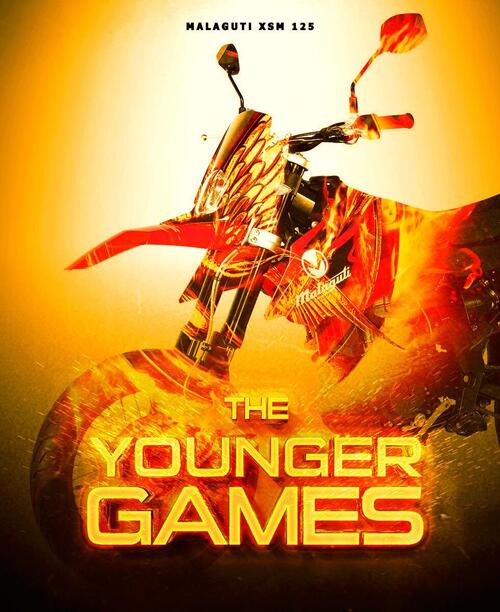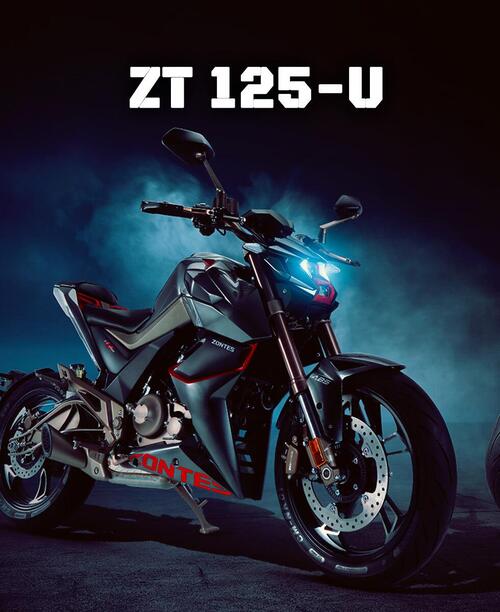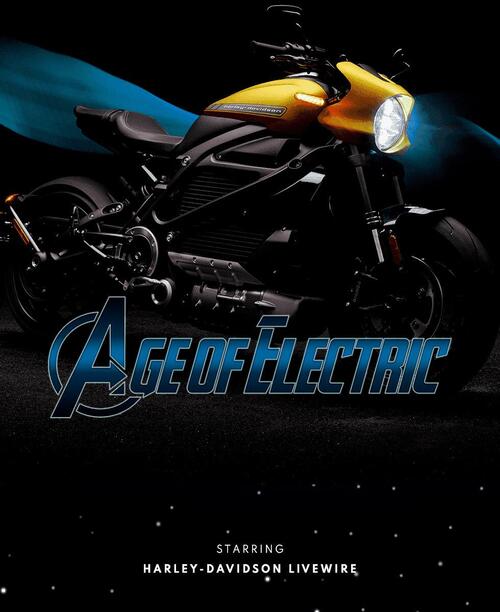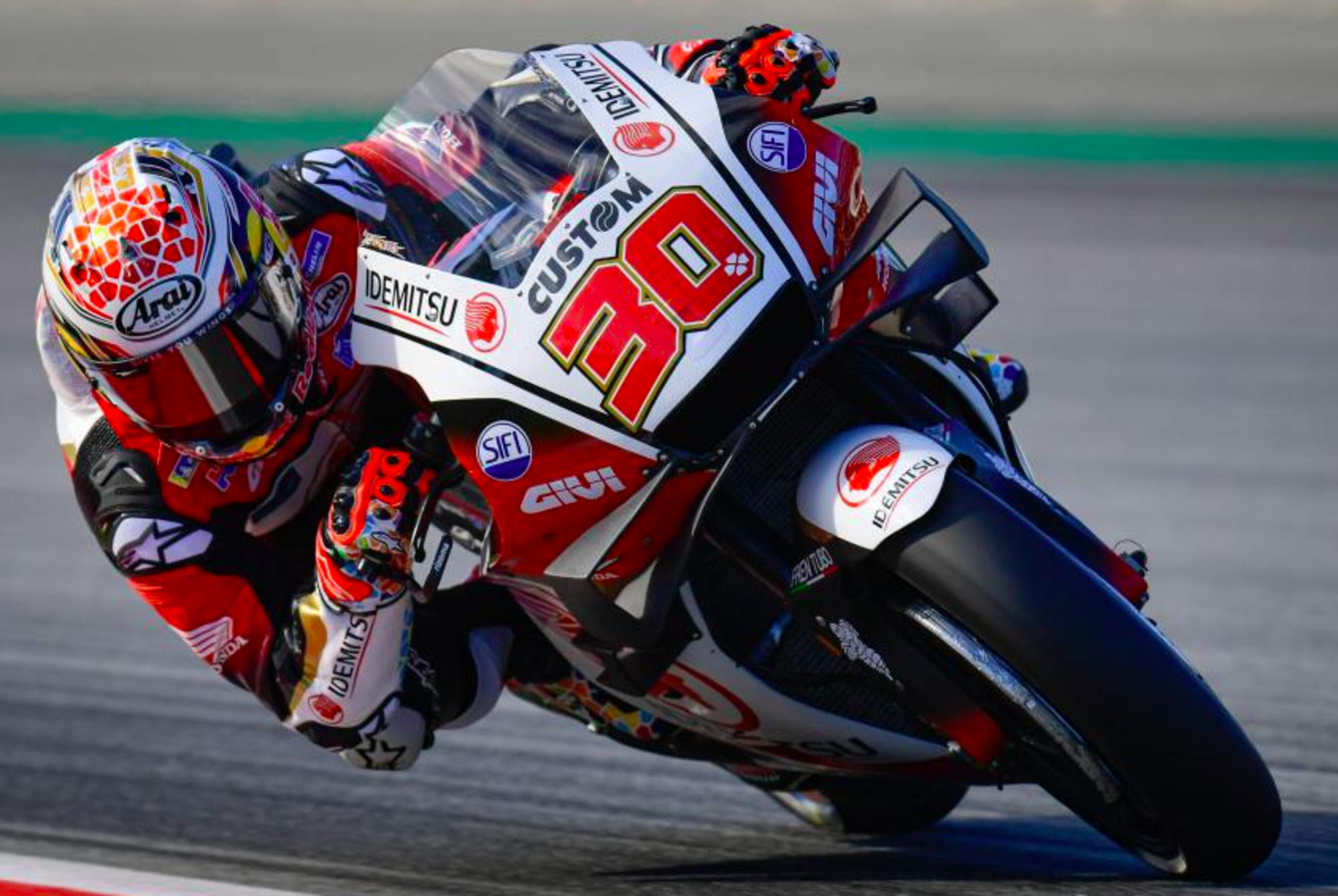
The importance of seeing, expecially while on a motorcycle
Discovering the so-called "saccadic eye movements", the extremely fast reactions that, especially whist riding a bike, make the difference between seeing and not seeing. Professor Giorgio Guidetti explains
Along with professor Giorgio Guidetti, Ph.D in Audiology and Vestibology and vertigo expert (but also surgeon, and otolaryngology and audiology specialist, let's discover why and how our body works. Because when riding, there's a huge difference between watching and seeing, both in terms of safety and performance.
If you ever had any riding training, you probably already know very well how the bike, or any vehicle for that matter, goes where you look. The thing that many - not to say everyone - don't know is that our vision, unconsciously, goes where we don't want. Or, better, where we shouldn't want.
The eye - another thing that most people probably don't know - is the fastest part of our body. The angular speed of an eye can reach 900 meters/second. This fast movements, the so-called saccadic movements, make it so that the retina loses any capability of acquiring images: what we really see are just the start and end frames. Our brain compensates, generating itnermediate frames just like a studio animator. The problem is that this frames are born from our memory, or fantasy. What we see is not what actually is, and we lose precious tenths of seconds of what's happening. And when riding a motorcycle on a racetrack, that means losing hundreds of meters of precious info. In turn, that means also overloading the brain, that has to perform that reconstruction work we mentioned before, wasting some precious part of our cognitive capacity that we could put to way better use taking care of the best line, or the braking marker, or our adversary.
Indeed, this movements - following the postulate we enunciated above, that says that the vehicle goes where we look - are actually very small inputs we inadvertently give to ghe bike we're riding. And those, even in the smallest of way, disturb the behaviour of the bike, or anyway slow us down. Some tests performed at the Modena Circuit with normal road users and then Highway Police officers (very well trained in performance driving) showed, after some specific training, definite improvements, easily quantifiable in terms of seconds shaved off the lap time.
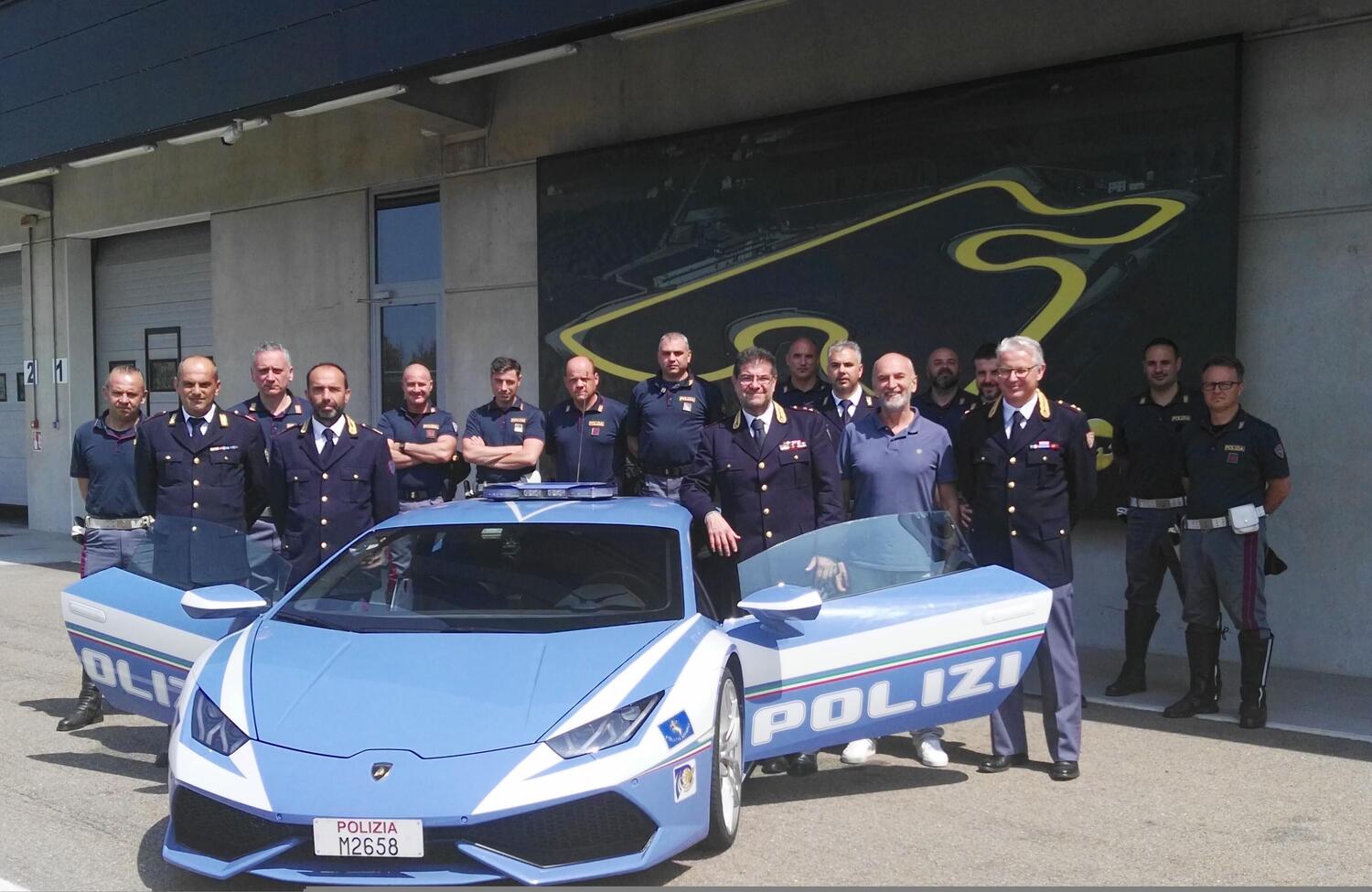
And it's not all. To further reinforce the correctness of all this theories, Professor Guidetti along with Maurizio Manfredi, his partner in the SVEP activity, performed many tests on all kinds of athletes: from racers (Ferrari and Ducati work with him, as demonstrated by his participation in the World Ducati Week even since the 2018 edition) to cyclists and ski racers, and the list is getting longer by the day. This tests demonstrate, beyond reasonable doubt, how the fastest racers in the world already have - at an istinctive level - a way more precise vision control than the average road user or amateur racer. But usually there's room for improvement even for the best of them.
By learning to control this movements - because it's possible to do so, following a specific program that you can discover on the Stabilometria website - you can become a better rider, racer, athlete. Let's discover how.




